Tyler Sample
Advisor: Lancelot Coar
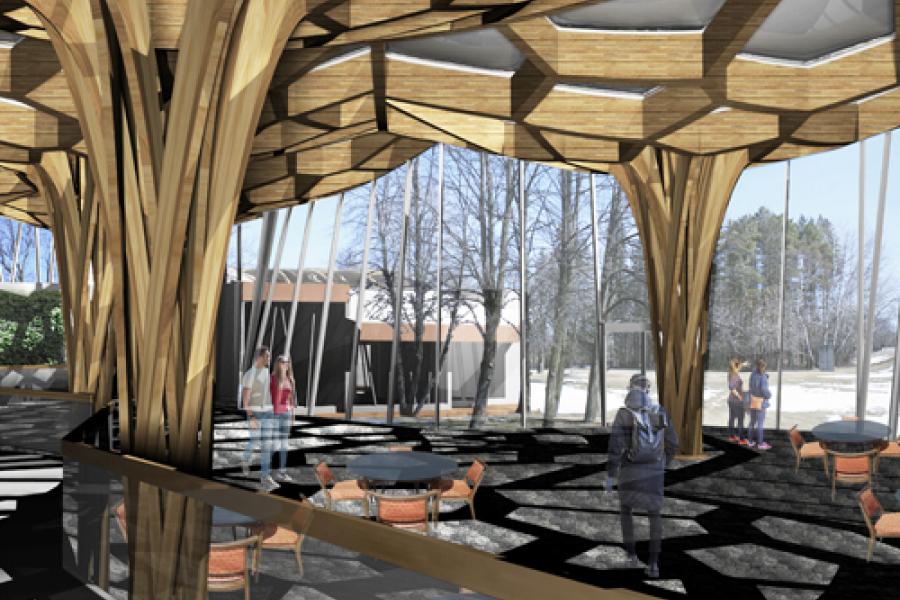
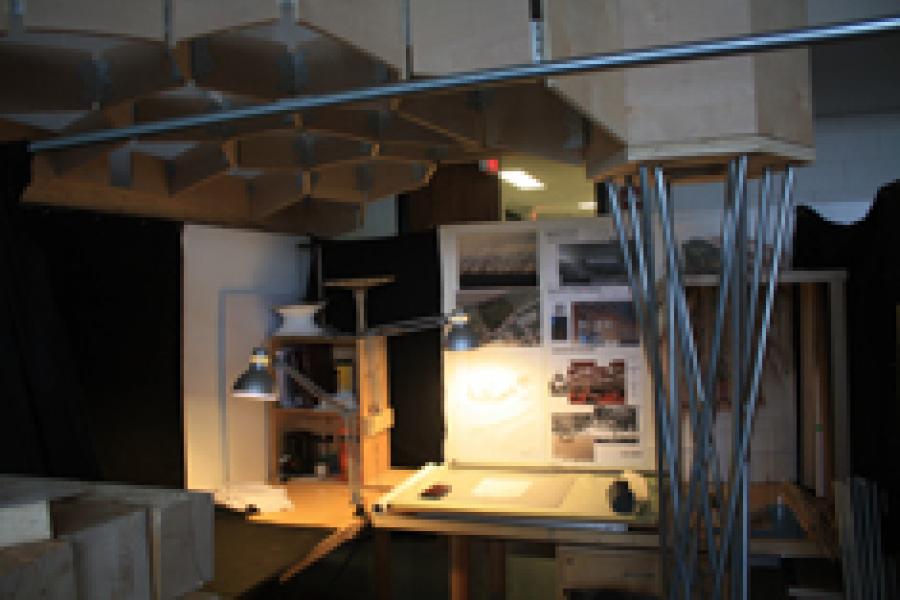
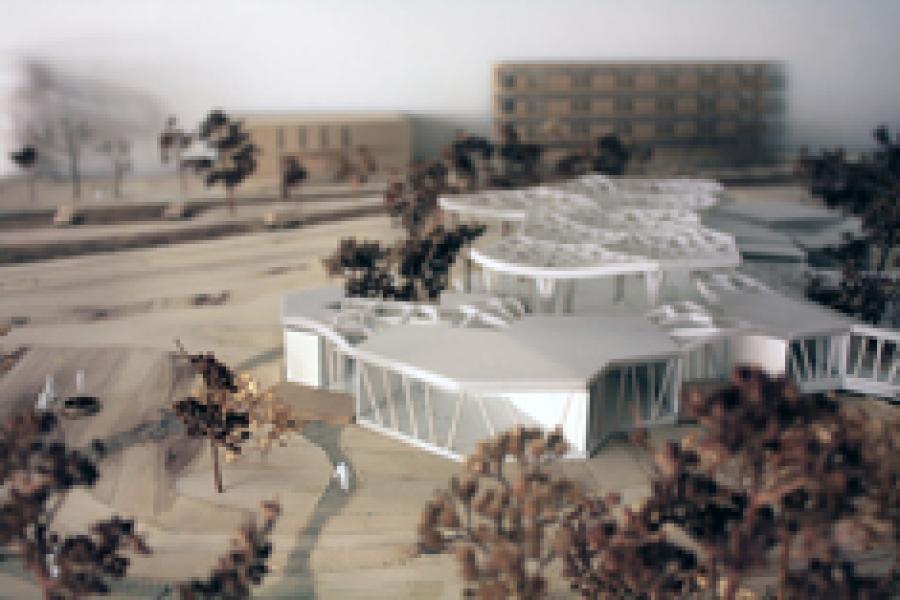
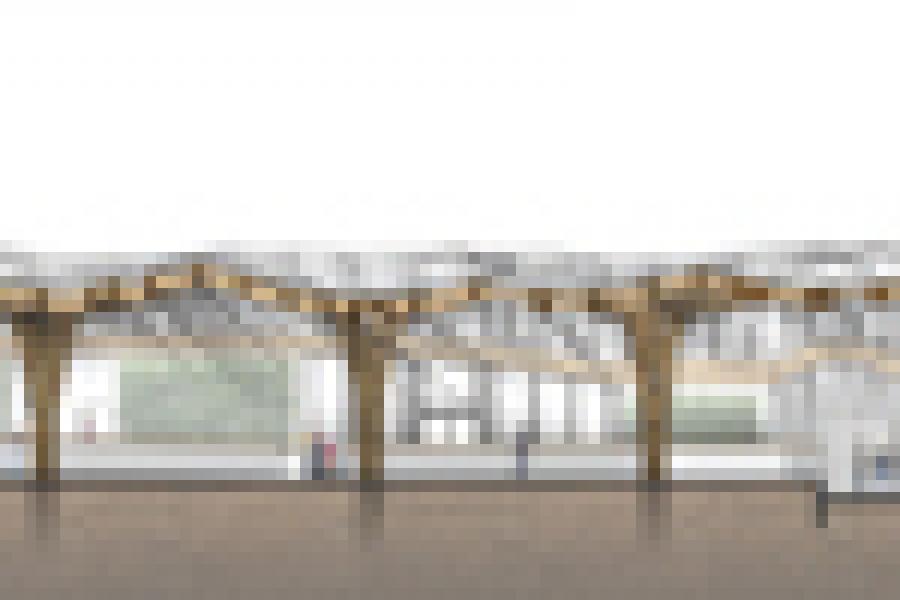
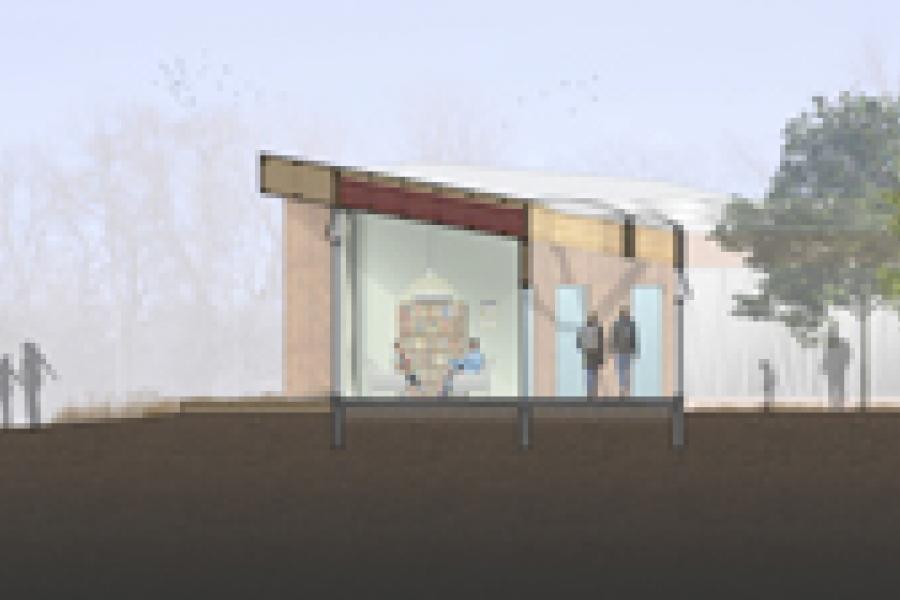
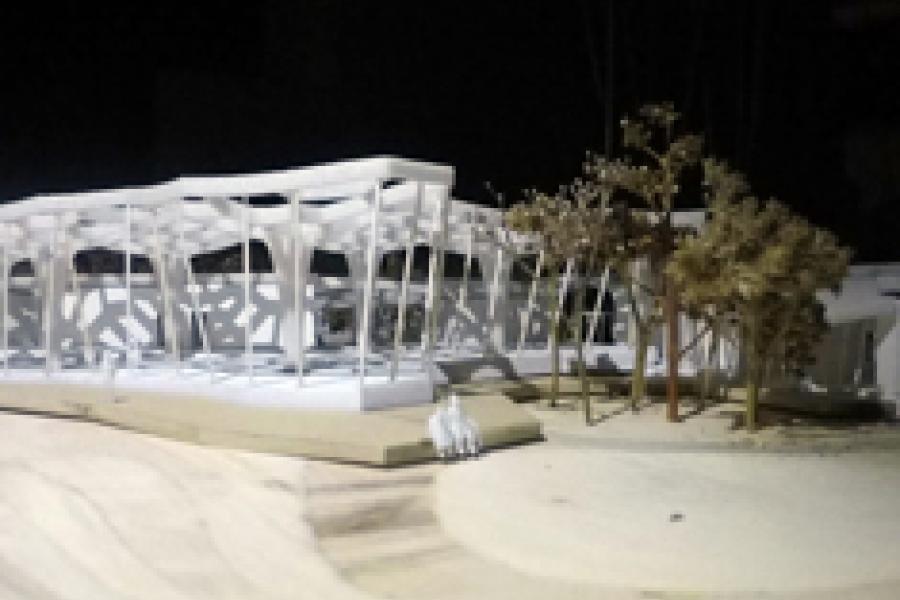
Elements of Healing: Designing for Mental Health
Recent studies have emphasized the correlation between lack of natural spaces and increased mental illness. This is affecting individuals and groups both at home, at work, and in day to day life. This is affecting individuals and groups both at home, at work, and in day to day life. There is evidence to suggest that by reintroducing natural elements into built environments we can reduce negative effects from increased Urbanization. Unfortunately, mental illness and emotional difficulties are often viewed negatively in our society resulting in the allocation of the facilities for treatment and healing of these illnesses being an afterthought.
This thesis seeks to develop a building that interacts with natural elements from its site, integrating them with the building so the architecture can respond to the health needs of the occupants, providing a connection back to the land of which it is built. Located on the edge of the University of Manitoba, nestled between the Red River and Dysart Road, I propose a new building for the University of Manitoba’s Student Counselling Services with additional classrooms for the department of Psychology so that we may learn how to accept those with mental illness and enhance the mental wellbeing of all those who use the space. As one of the more stressful times in an individual’s life, Universities need to create spaces for the emotional and mental wellbeing of their students and faculty.
Connecting the university to the path network that runs along the Red River bank, this project is designed to mimic the sensation of moving under a tree canopy as light is filtered through its leaves.
